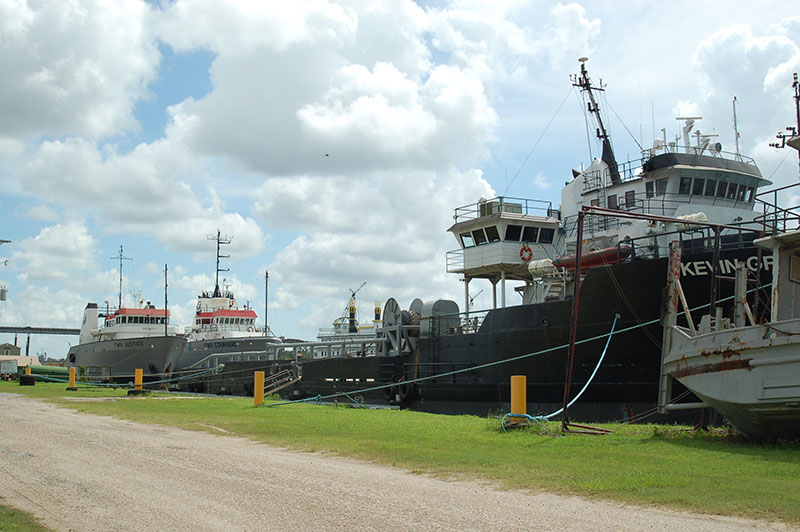Last week, the International Energy Agency delivered two negative messages about the outlook for the oil and gas industry – not only for current oil prices but also for the intermediate term.
The IEA statements knocked crude oil prices down from the upper $40s a barrel to below $43, with traders suggesting prices were heading to $40 bbl. If the IEA is right, then everyone should buckle their seat belts because this recovery won’t be gaining strength anytime soon.
The IEA, in its September oil market report, stated that “global oil demand growth is slowing at a faster pace than initially predicted.” What does that mean? Simply that the oil glut continues even as U.S. oil output falls. Hopes for an early rebalancing of the global oil market have now been pushed back to late 2017, or possibly not until sometime in 2018. That is not good news for oil prices. They are likely to fluctuate between $40 bbl. and $50 bbl., but the hope that oil prices would be heading toward $60 before the end of 2016 is highly unlikely.
Another bad message for the industry was the IEA’s projection that exploration and production capital spending would fall again in 2017 after having declined for the past two years. The IEA sees 2017 spending possibly falling below $400 billion. That's nearly a 50% reduction over the three years between 2015 and 2017. For the industry to be down next year to half the $750 billion spent on E&P translates into continued pain for companies and their workers.
A different capital spending survey from investment bank Barclays had a more optimistic outlook. It foresees industry spending growing between 3% and 8% in 2017. Although not a particularly robust spending increase, any uptick in dollars flowing into E&P will be welcomed.
We don’t know which spending survey to believe, but the bottom line is that tough times are likely to continue longer than people had been hoping as recently as a week ago. We can always hope that a return to better days for the industry arrives sooner rather than later. At some point, the lack of spending will mean higher oil prices as demand grows and supply shrinks. Until then, the message is to be prepared for more tough days.





